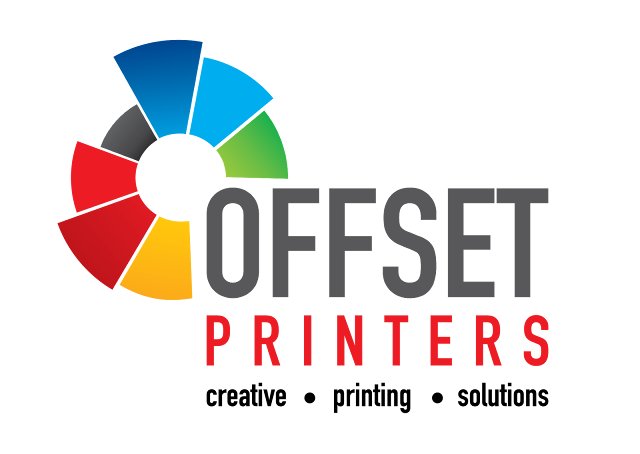Offset label printing is a type of process that involves a method of printing labels using a cylinder that has been offset with a printing plate. The cylinder is moved across a sheet of paper. This allows for printing of labels with a much higher resolution and quality. In addition, the process is much more economical than other types of printing.
Basics of Offset Printing
If you are planning on using offset label printing to print your labels, you may be wondering how the process works. It is quite simple. The key to a successful offset printing process is volume. In addition to the size of the job, the quality of the images is also a factor. Higher-volume orders require more pre-processing and set-up.
The ink used in the process is specially mixed. This makes it possible to match Pantone(r) colors. Offset printing offers greater color fidelity, as well as more versatility. Compared to digital printing, it is more economical. Offset plates are usually made of aluminum, zinc or both. They can be coated with water-repellant fluids, which make them adhere only to the image.
Process Colors
If you're looking to print labels, you'll want to know the differences between process colors and spot colors. While both are used in color offset label printing, they have different advantages and disadvantages.
Process colors are produced through an offset printing process. They're a combination of cyan, magenta, yellow, and black inks. Typically, these four inks are mixed in order to achieve a desired hue. Some people call them "process colors". They're less accurate than spot colors, but they're much more affordable. However, they do not have the same range of colours.
The best way to ensure the color of your project is perfect is to have a hard copy proof. This allows you to see the final result before the job goes to print. You will also have a better idea of how colors will translate.
Liner Margins
The line of your desktop printer might not be in a position to print your new business cards or stationery on a consistent basis. Luckily, there are a number of online tools that can help. Taking a few minutes to learn about these free services is well worth the effort. Among the many benefits is the ability to customize your documents without breaking the bank. This is particularly true if you have a small business, as opposed to a corporation with hundreds of employees. For a start, you can choose between a range of slick templates and a custom design of your choosing.
Image Quality
If you want to produce a high quality product, you need to have a great product image. The look and feel of your product is what will keep your customers buying your product. In addition to the print media, you need a good color scheme and layout to make your products stand out.
Offset printing is one of the gold standards of the printing industry. The process works by transferring the image to a rubber blanket that is rolled onto paper. Once set up, the process works efficiently. The best part is that it is also the cheapest. A competent printer knows how to produce high quality custom labels that will suit your budget.
Cost-Effectiveness
When it comes to choosing a printing method for your labels, it's important to choose the best one for your budget. Offset label printing is one of the most cost-effective options available. This is especially true when you consider that it produces luminous prints in color. The key to offset printing's success lies in its ability to print large volumes without sacrificing quality. It also provides the flexibility to use different types of materials and surfaces.
One of the perks of this process is that you can change the information on your labels as often as you like. Another good thing about this type of printing is that you don't need to purchase new plates for each individualization.
Agility and Efficiency
The label printing industry is experiencing a period of exponential change. Label suppliers are shifting towards more customization and shorter runs. However, they will still need to satisfy the end users' demand for iconic designs. This will lead to innovations. Fortunately, the new technologies are designed to help businesses improve agility and efficiency.
In 2020, the label printing industry is likely to experience a period of enhanced efficiency, less ink wastage and faster job changeovers. Similarly, supply chains will be more streamlined. Companies will also reduce redundant costs and waste.
These trends are being driven by a number of factors, including sustainability and lean manufacturing. It will be imperative for supply chains to be more agile and 'just-in-time'.





No comments:
Post a Comment